Things Young People Might Never Experience, According to Older People
Life is about what’s new and what quietly slips away. Ask anyone over 40, and they’ll rattle off a list of everyday things that once felt normal but now seem like relics. They’re not wrong. Between apps, automation, and an always-connected world, some surprisingly human experiences are fading fast.
Here are 15 things younger generations might never get to experience.
Reading a Paper Map on the Side of the Road
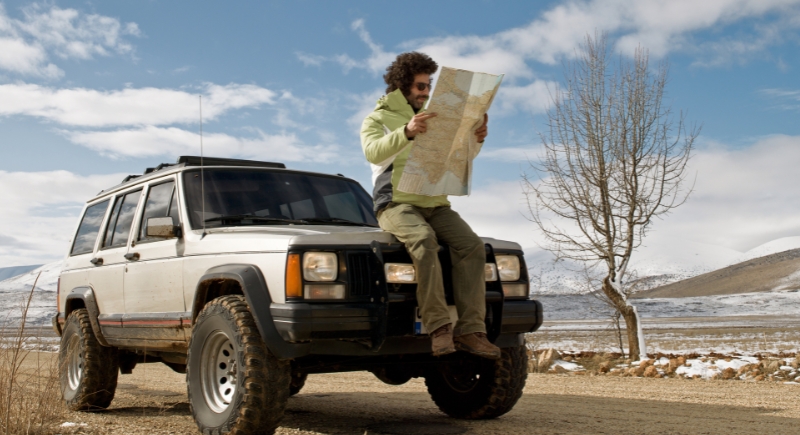
Credit: Getty Images
Getting lost used to mean pulling over and wrestling with a giant roadmap, hoping it wasn’t upside down. Three was no voice telling you where to turn, or a blue dot showing where you were. The California State Automobile Association even shut down its map-making department in 2008.
Making a Collect Call and Hoping Someone Picks Up
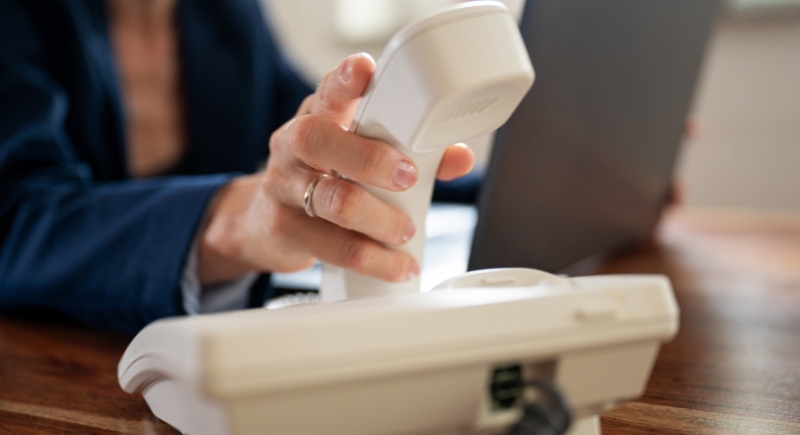
Credit: Gajus
According to the FCC, fewer than 100,000 pay phones still exist in the U.S. Back in the day, calling home collect meant hoping the person on the other end would accept the charges. Services like 1-800-COLLECT made fortunes in the ’90s.
Recording TV Shows With a VCR
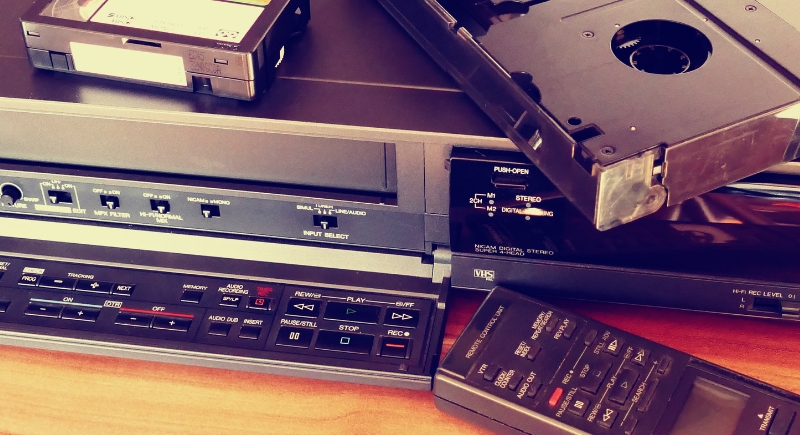
Credit: pexels
Long before streaming queues, recording a show meant setting the VCR timer and praying no one accidentally taped over it. “Be kind, rewind” was a common courtesy at video rental stores. DVRs and Netflix eventually replaced the ritual, but for years, this was how people didn’t miss their favorite shows.
Knowing Phone Numbers by Heart
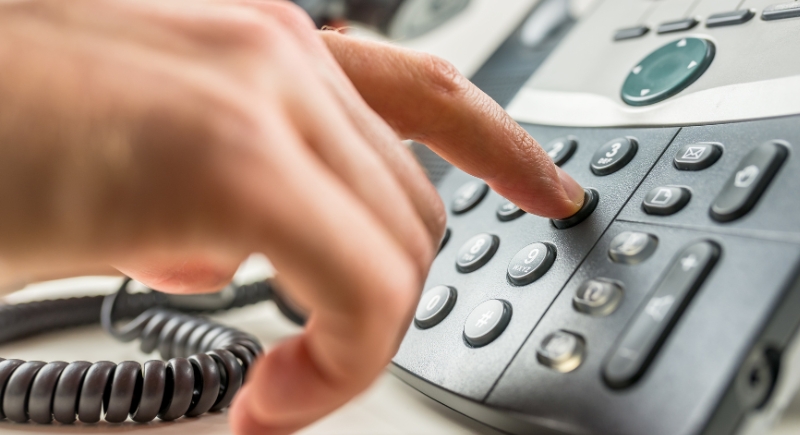
Credit: Gajus
At one time, most people had dozens of phone numbers memorized for family, friends, even the local pizza place. Now that smartphones store everything, younger people rarely need to recall their numbers. A 2015 survey by Kaspersky Lab found that 70% of millennials couldn’t remember their partner’s number without looking it up.
Using a Manual Can Opener Without Confusion

Credit: Getty Images
You’d think a can opener would be self-explanatory, until someone born after 2000 picks one up and turns it upside down. Pull-tab lids and electric openers have made the manual version unfamiliar to many people. Reddit threads are full of confused young adults asking, “Wait, this thing turns?”
Typing Without Looking at the Keys

Credit: pexels
Keyboarding was a core class in school as students learned to type by touch on clunky beige machines. Today, many can fly through touchscreen typing but struggle with a physical keyboard. Some workplaces still notice. In 2021, job recruiters reported that many interns “hunt and peck” their way through typing tasks.
Handwriting a Letter and Mailing It
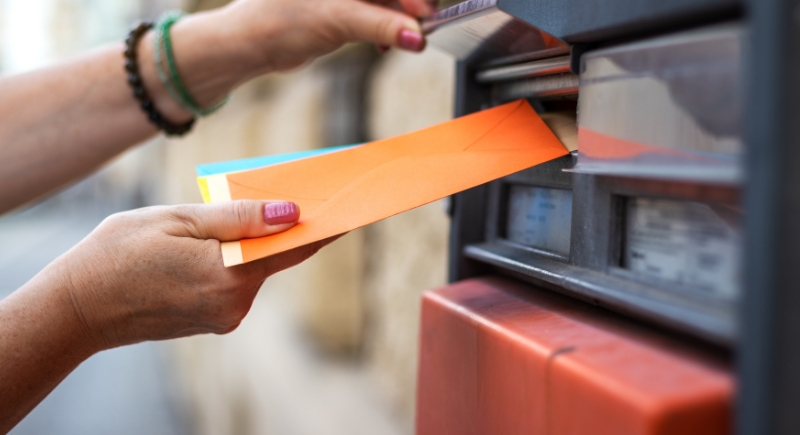
Credit: Getty Images
For older generations, writing a letter meant choosing the right stationery, carefully wording each line, and licking a stamp. In 2020, the USPS reported a 47% drop in stamped mail over the previous decade. Letters were once keepsakes. These days, they’re mostly holiday cards and legal notices.
Waiting for Photos to Be Developed
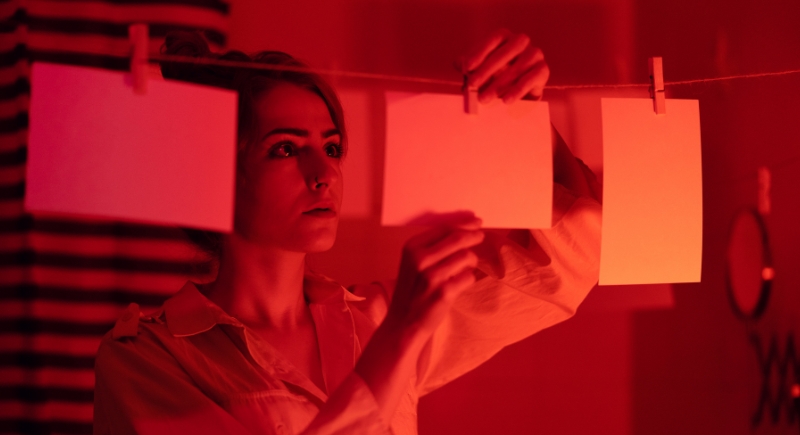
Credit: Getty Images
Did it turn out? Did someone blink? You wouldn’t know until days later when your prints returned from the drugstore. Kodak once dominated that space but filed for bankruptcy in 2012. Photo-taking has become instant, infinite, and mostly forgotten as soon as it’s posted.
Writing a Check to Pay the Bills
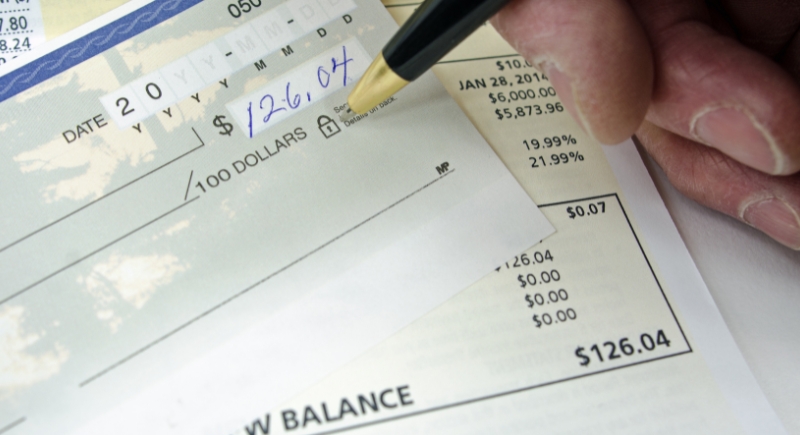
Credit: Getty Images
Checks haven’t vanished completely, but digital payments have taken over. According to the Federal Reserve, paper checks dropped from 40 billion in 2000 to just over 3 billion in 2022. Many younger people have never written one. Even rent can be paid through apps like Venmo and Zelle.
Looking Up TV Listings in a Printed Guide
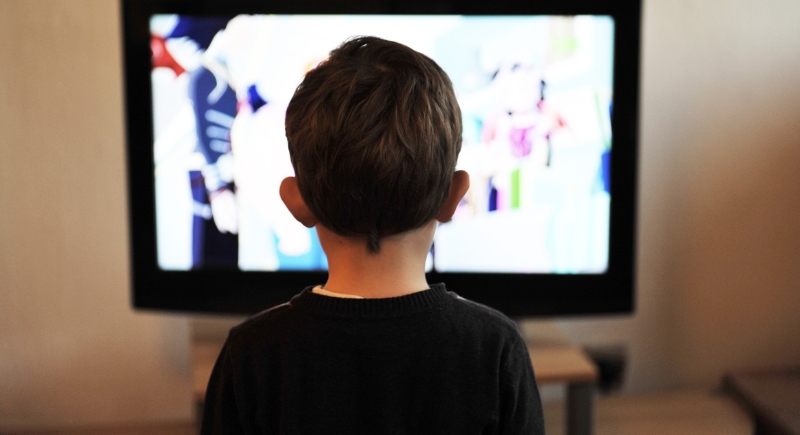
Credit: pixabay
TV Guide was once the most popular magazine in America. It was the norm to flip through to find out when a show aired and then make sure you were home to watch it. After years of declining relevance, the magazine sold for just $1 in 2008.
Reading a Printed Encyclopedia to Do Homework

Credit: pexels
Research meant heading to the bookshelf, pulling out a heavy Britannica, and flipping through tiny type to find facts. Now, Wikipedia has a page on everything from climate change to cartoon characters, and it updates constantly. Britannica stopped printing physical volumes. Libraries still have copies, but mostly for decoration.
Making a Mixtape With Real Cassette Tapes
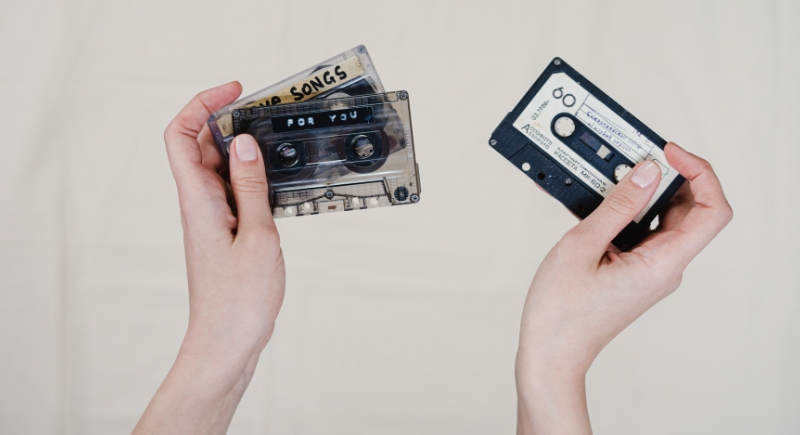
Credit: pexels
A mixtape was a personal project that involved choosing songs, recording each one in real time, and even decorating the label. The rise of Spotify erased that entire ritual. Some younger people haven’t even seen a tape, let alone tried making one.
Walking Into a Bank to Deposit a Check

Credit: pixelshot
Mobile banking changed everything. You no longer need to stand in line, fill out slips, or talk to a teller. A 2023 report by the American Bankers Association found that 71% of U.S. adults already prefer banking digitally. Branches are also closing nationwide.
Dropping by a Friend’s House Without Texting First

Credit: Getty Images
Spontaneous visits used to be normal—just knock and hope they were home. If not, maybe their mom invited you in anyway. Now, most people won’t even answer the door without a heads-up. Texting has made even five-minute drop-ins feel intrusive, and showing up unannounced has become a lost social move.
Visiting the Mall Just to Hang Out

Credit: pixabay
Malls were social hubs where teens met up, walked around, tried on clothes without the intention of buying, and maybe split a pretzel. Many malls have been closing, since modern socializing happens online. According to Coresight Research, roughly 25% of U.S. malls are expected to close by 2025.